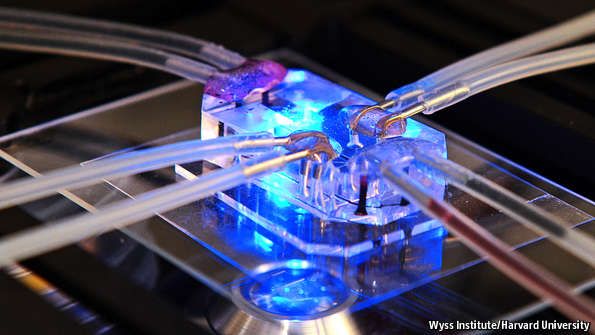Jun 27, 2015
17 Legal Brain Enhancing Drugs That Will Expand Your Consciousness
Posted by Bryan Gatton in categories: biotech/medical, health, neuroscience
Interest in Nootropics has grown exponentially over recent years within the health conscious communities and is still a trend moving upwards as I write this. Nootropics are essentially smart drugs that can be bought over the counter or online at retail prices below $50. The majority of Nootropics are cognitive enhancers, that is they are…
















